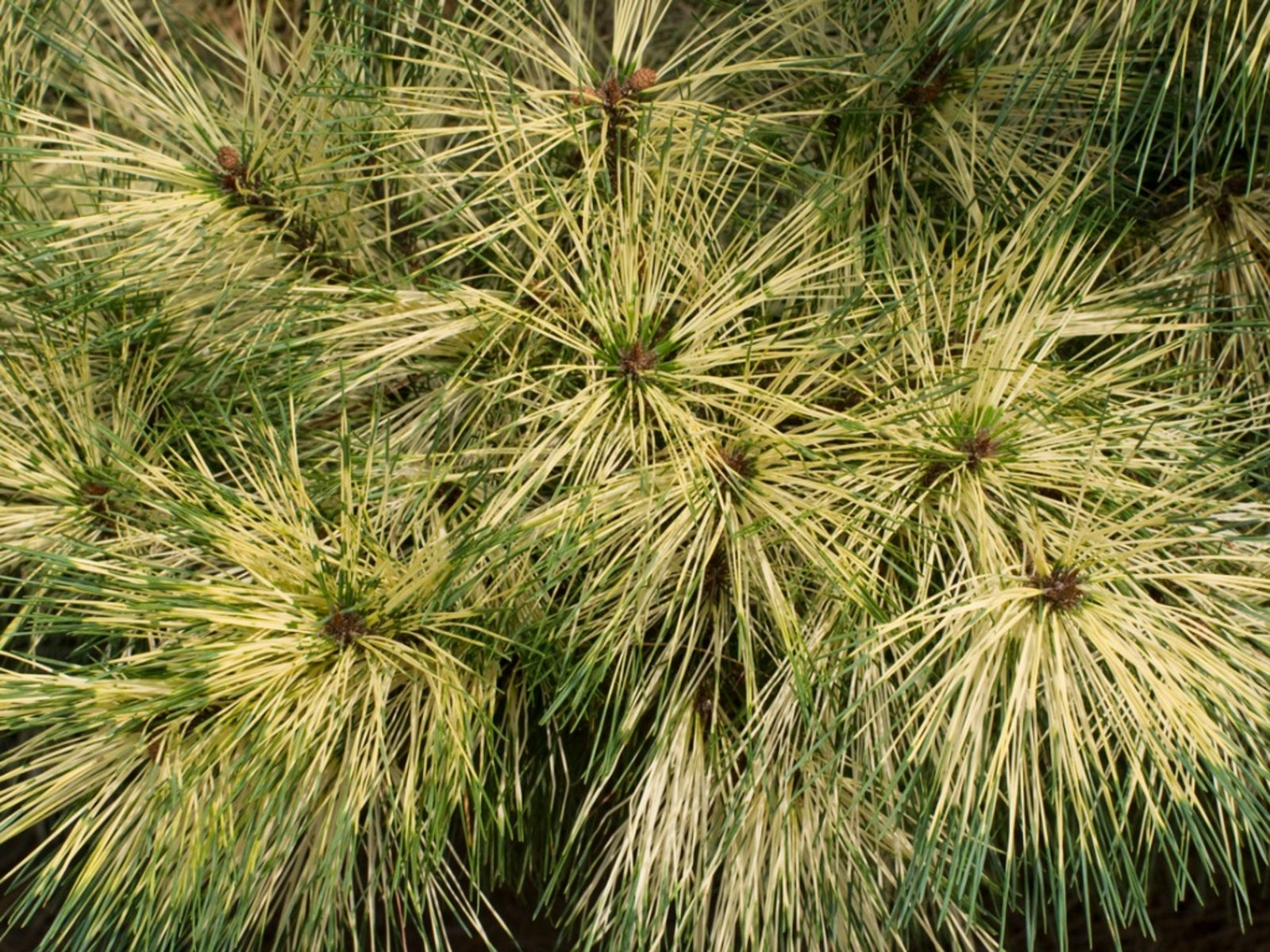Japanese Red Pine Info – How To Grow A Japanese Red Pine Tree


Japanese red pine is a very attractive, interesting looking specimen tree native to east Asia but currently grown all over the U.S. Keep reading to learn more Japanese red pine info, including Japanese red pine care and how to grow a Japanese red pine tree.
What is a Japanese Red Pine?
Japanese red pine (Pinus densiflora) is an evergreen conifer native to Japan. In the wild, it can reach up to 100 feet (30.5 m.) in height, but in landscapes, it tends to top out between 30 and 50 feet (9-15 m.). Its dark green needles measure 3 to 5 inches (8-13 cm.) and grow up out of the branches in tufts. In the spring, male flowers are yellow and female flowers are yellow to purple. These flowers give way to cones that are dull brown and about 2 inches (5 cm.) long. Despite the name, the Japanese red pine needles do not change color in the fall but stay green throughout the year. The tree gets its name from its bark, which peels away in scales to reveal a showy red underneath. As the tree ages, the bark on the main trunk tends to fade to brown or gray. Japanese red pines are hardy in USDA zones 3b to 7a. They require little pruning and can tolerate at least some drought.
How to Grow a Japanese Red Pine
Japanese red pine care is relatively easy and is similar to that of any pine tree. The trees need slightly acidic, well-drained soil and will thrive in most types except clay. They prefer full sun. Japanese red pine trees are, for the most part, disease and pest free. The branches tend to grow out horizontally from the trunk, which itself often grows at an angle and gives the tree an attractive windswept look. Due to this, Japanese red pines are best grown individually as specimen trees, instead of in groves.
Gardening tips, videos, info and more delivered right to your inbox!
Sign up for the Gardening Know How newsletter today and receive a free copy of our e-book "How to Grow Delicious Tomatoes".

The only child of a horticulturist and an English teacher, Liz Baessler was destined to become a gardening editor. She has been with Gardening Know how since 2015, and a Senior Editor since 2020. She holds a BA in English from Brandeis University and an MA in English from the University of Geneva, Switzerland. After years of gardening in containers and community garden plots, she finally has a backyard of her own, which she is systematically filling with vegetables and flowers.
-
 Looking For Plants To Give You The Soft And Fuzzies? Try These 5 Fuzzy Leaf Plant Options
Looking For Plants To Give You The Soft And Fuzzies? Try These 5 Fuzzy Leaf Plant OptionsLovers of texture, drama, silver foliage and tactile plants will adore these special sensory garden additions. These fuzzy leaf plant options will leave you all aglow
By Susan Albert
-
 Get Ready For A Summer Of Hummers! Grow These Full Sun Hummingbird Plants and Flowers
Get Ready For A Summer Of Hummers! Grow These Full Sun Hummingbird Plants and FlowersIf you’re lucky enough to enjoy a sunny backyard, make sure you are maxing out on your pollinator opportunities and grow these full sun hummingbird plants and flowers
By Tonya Barnett